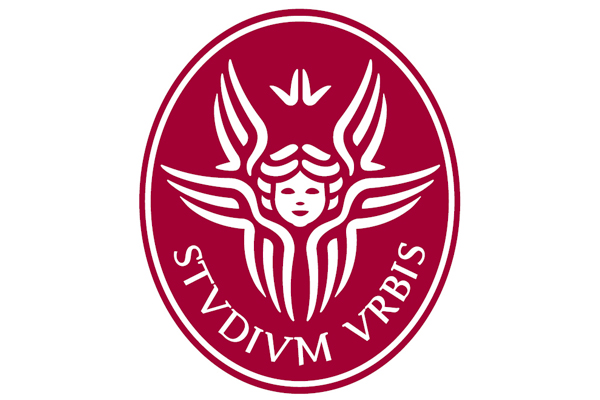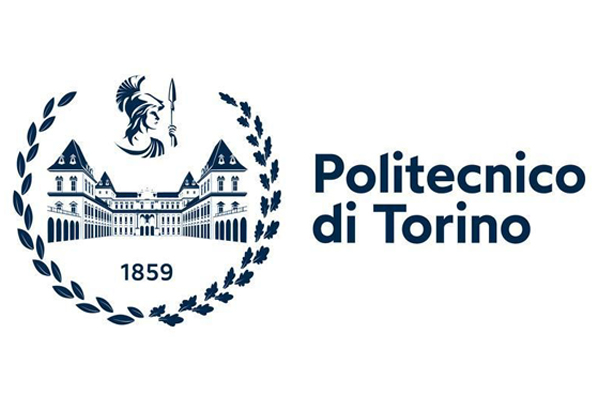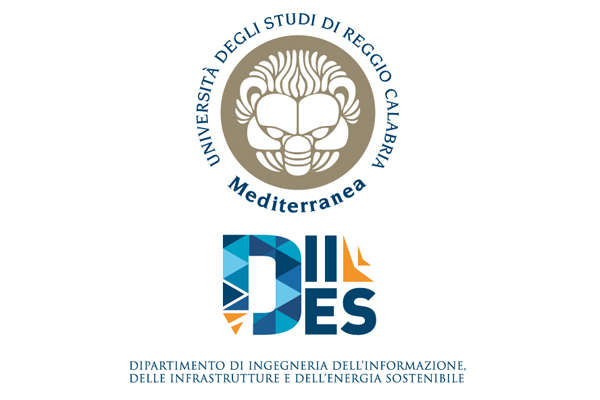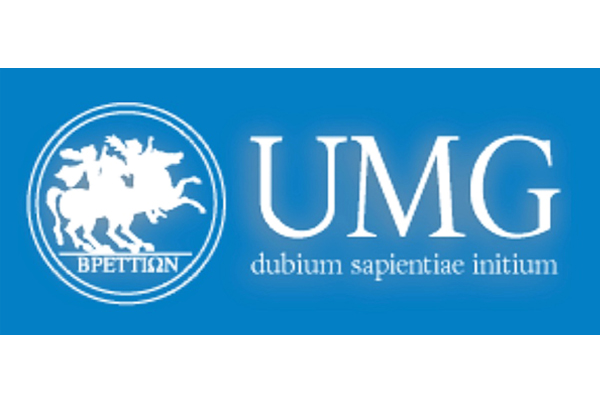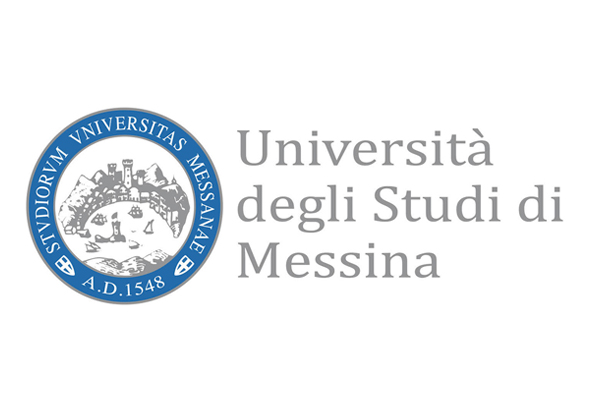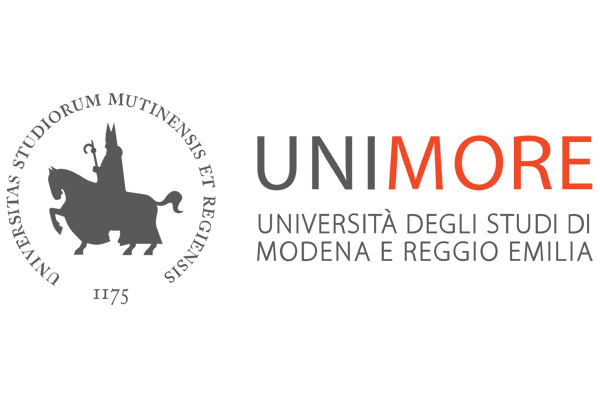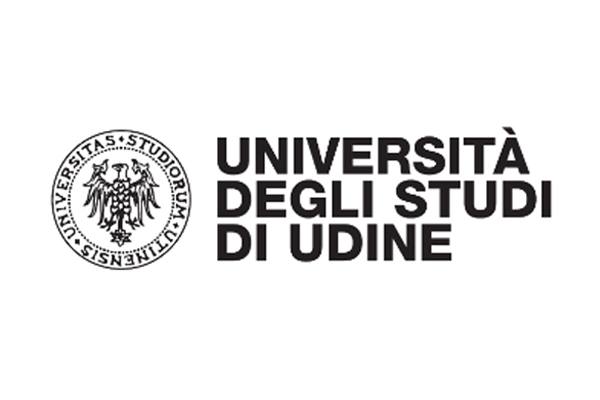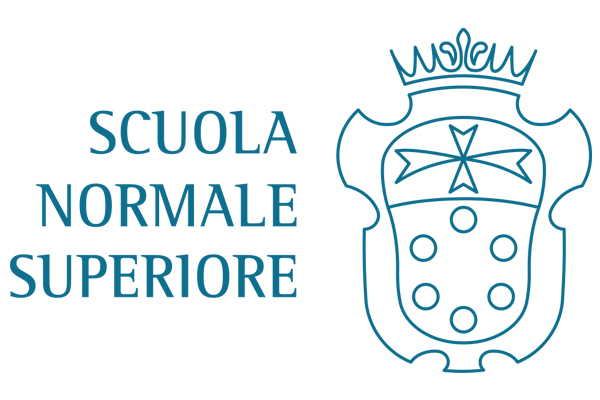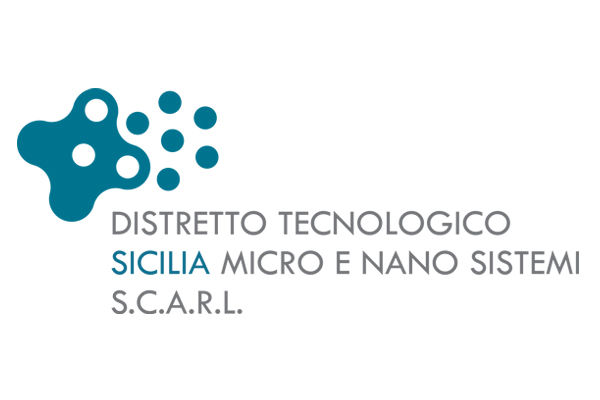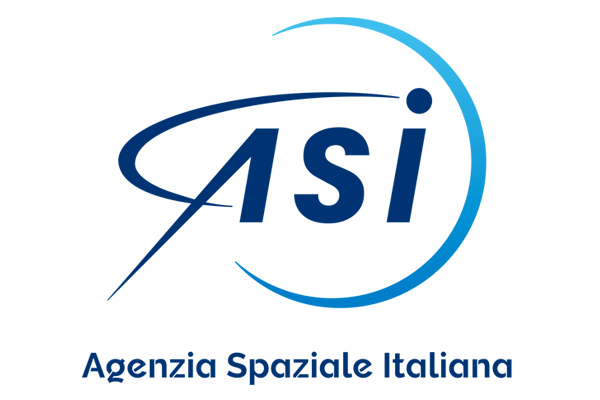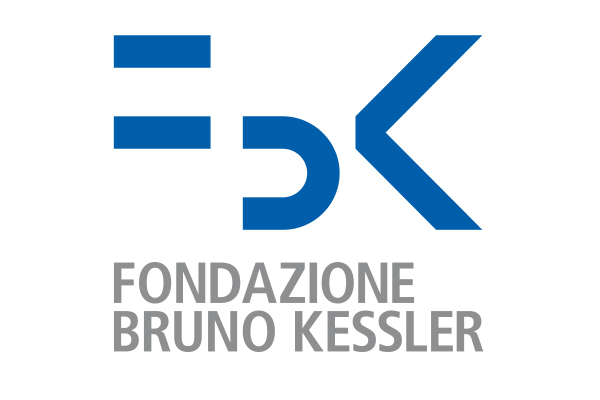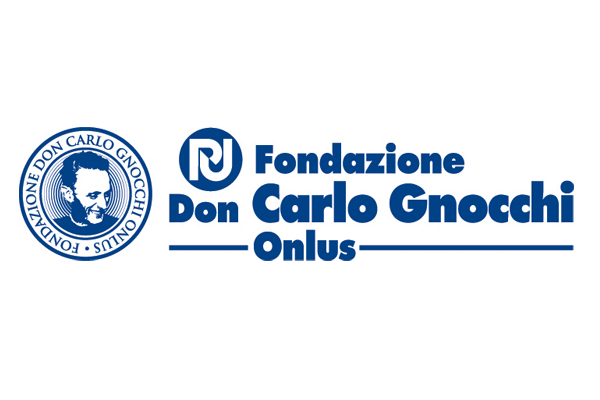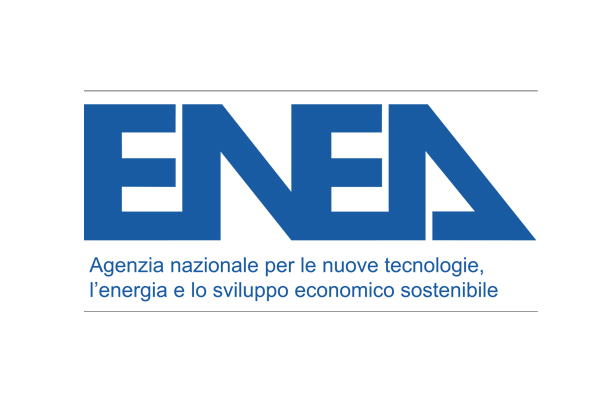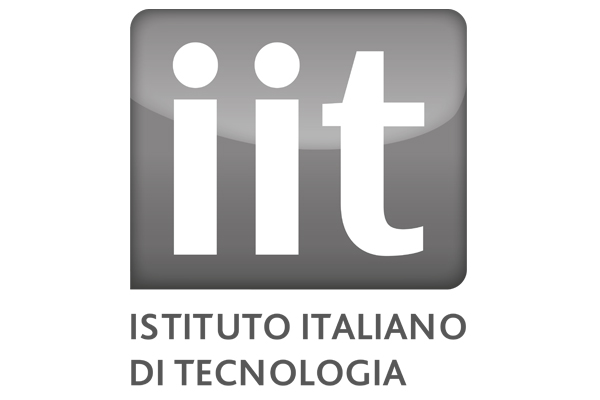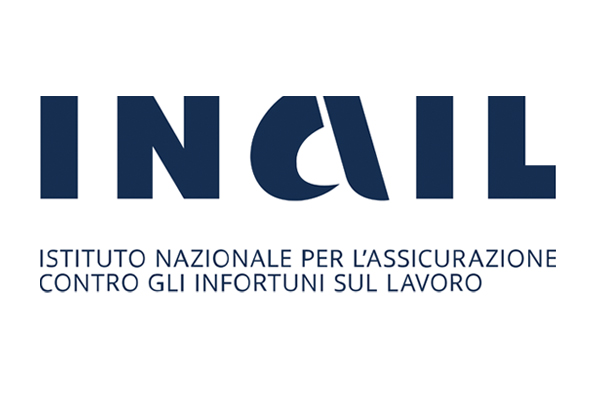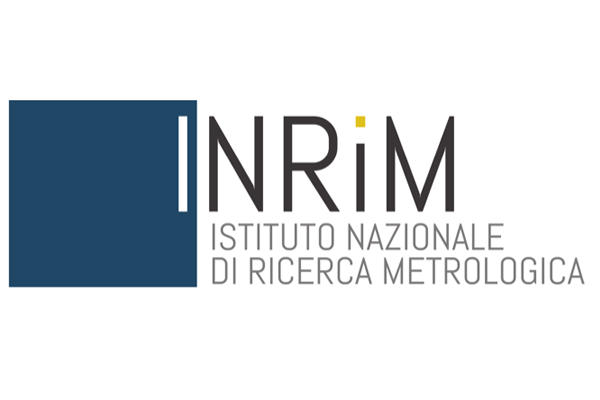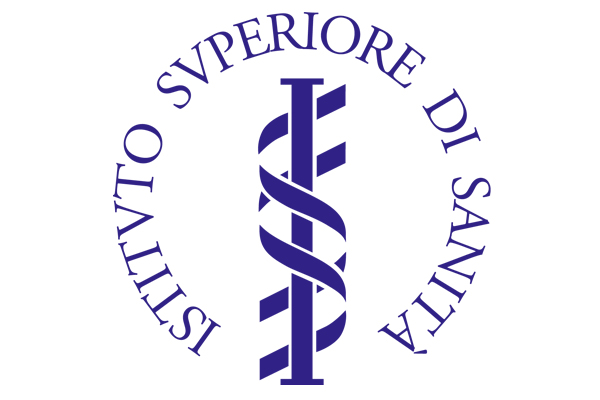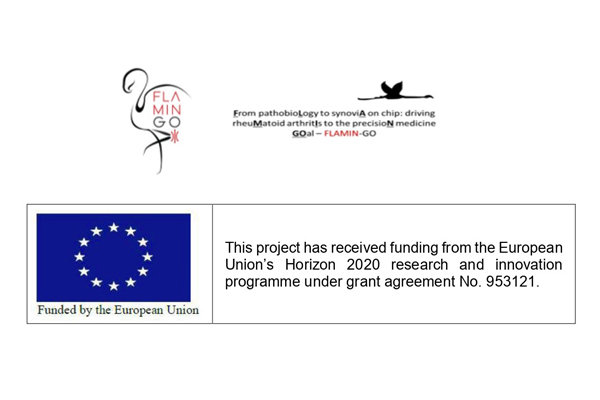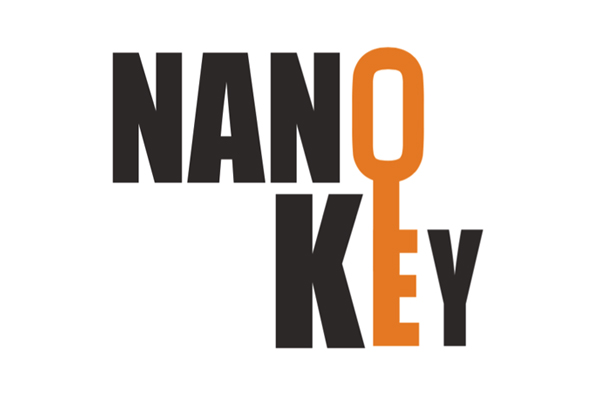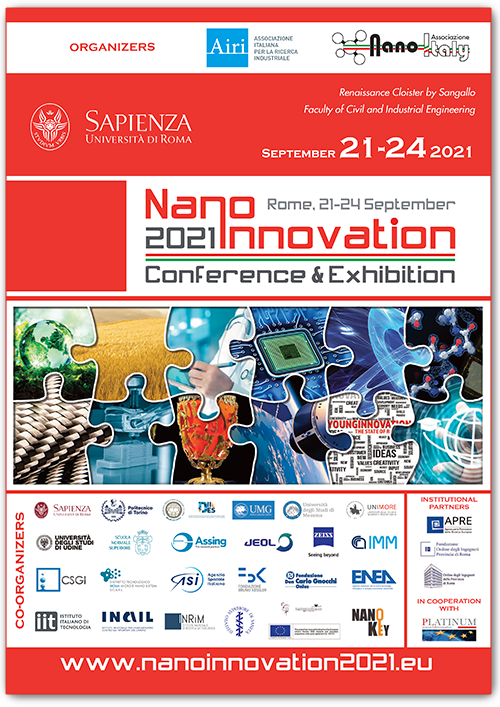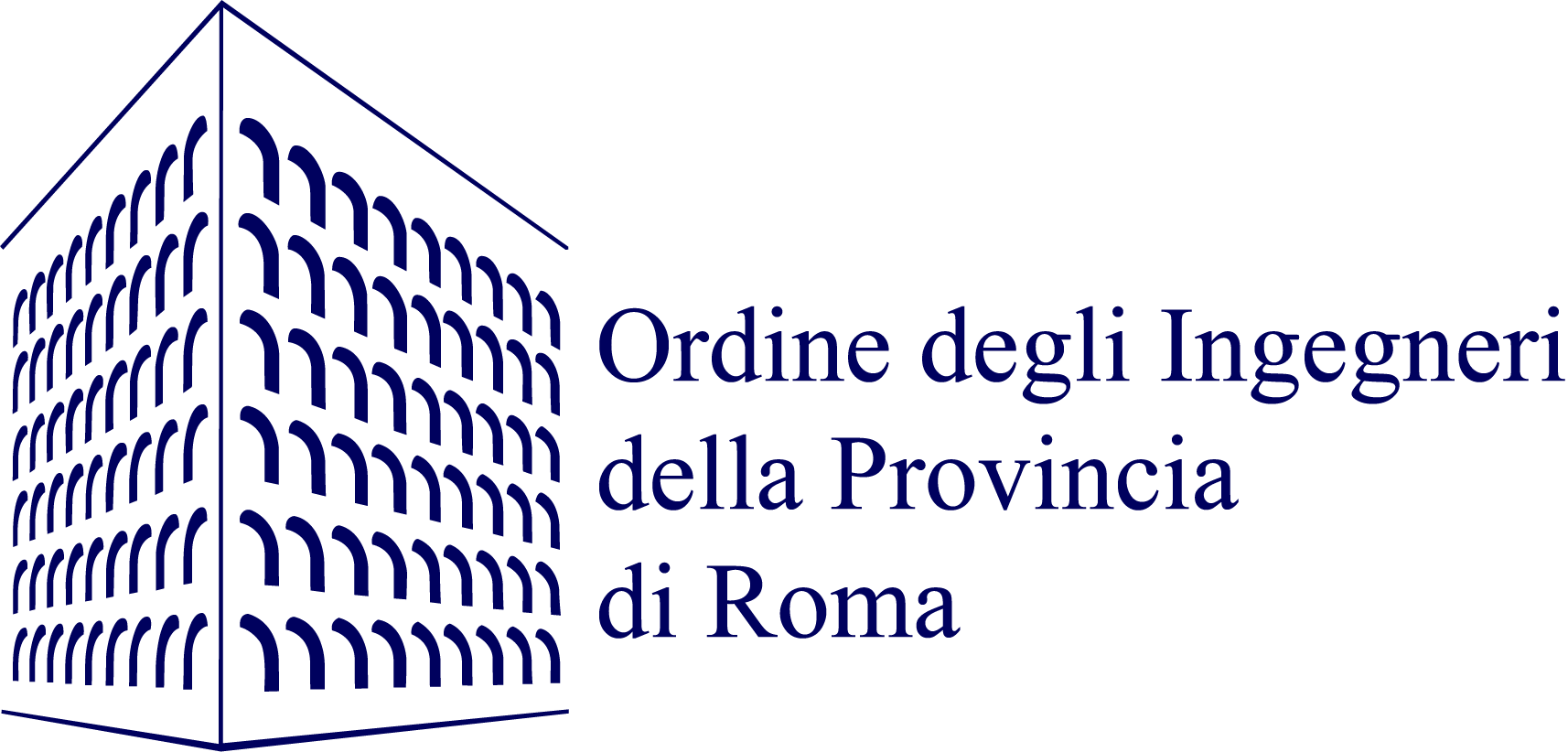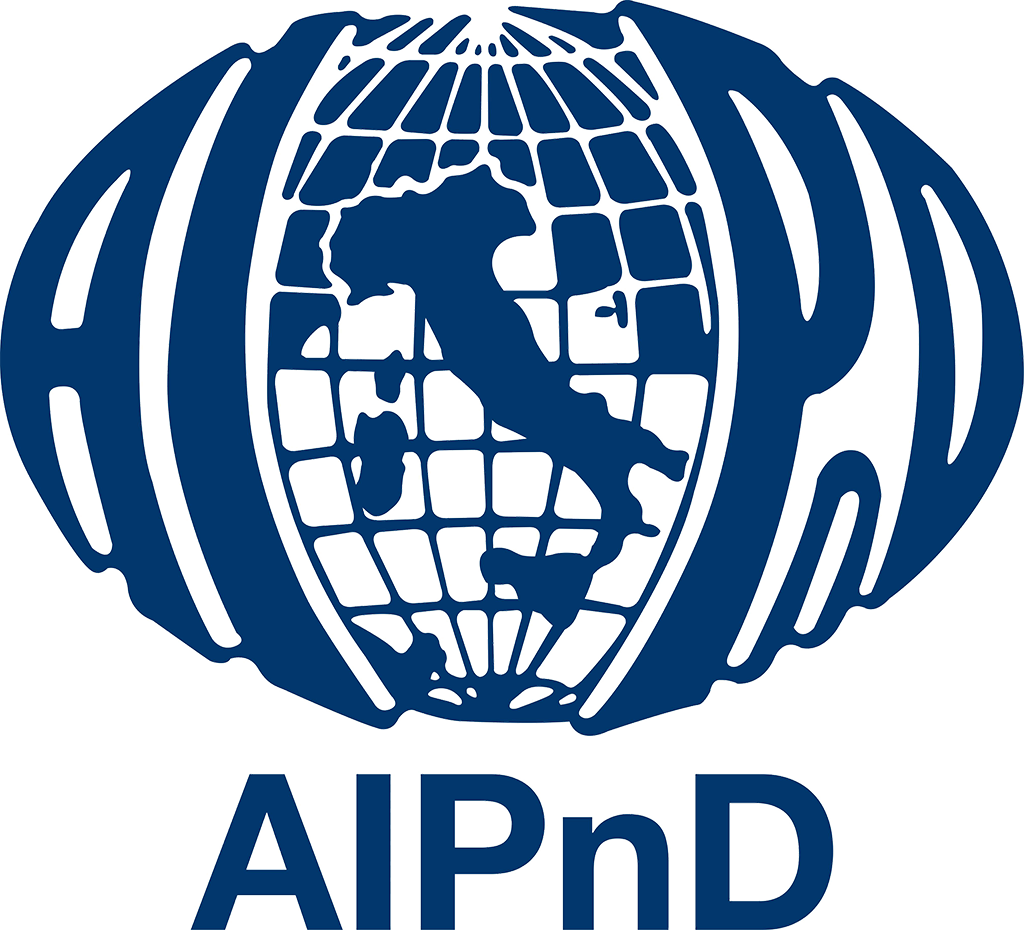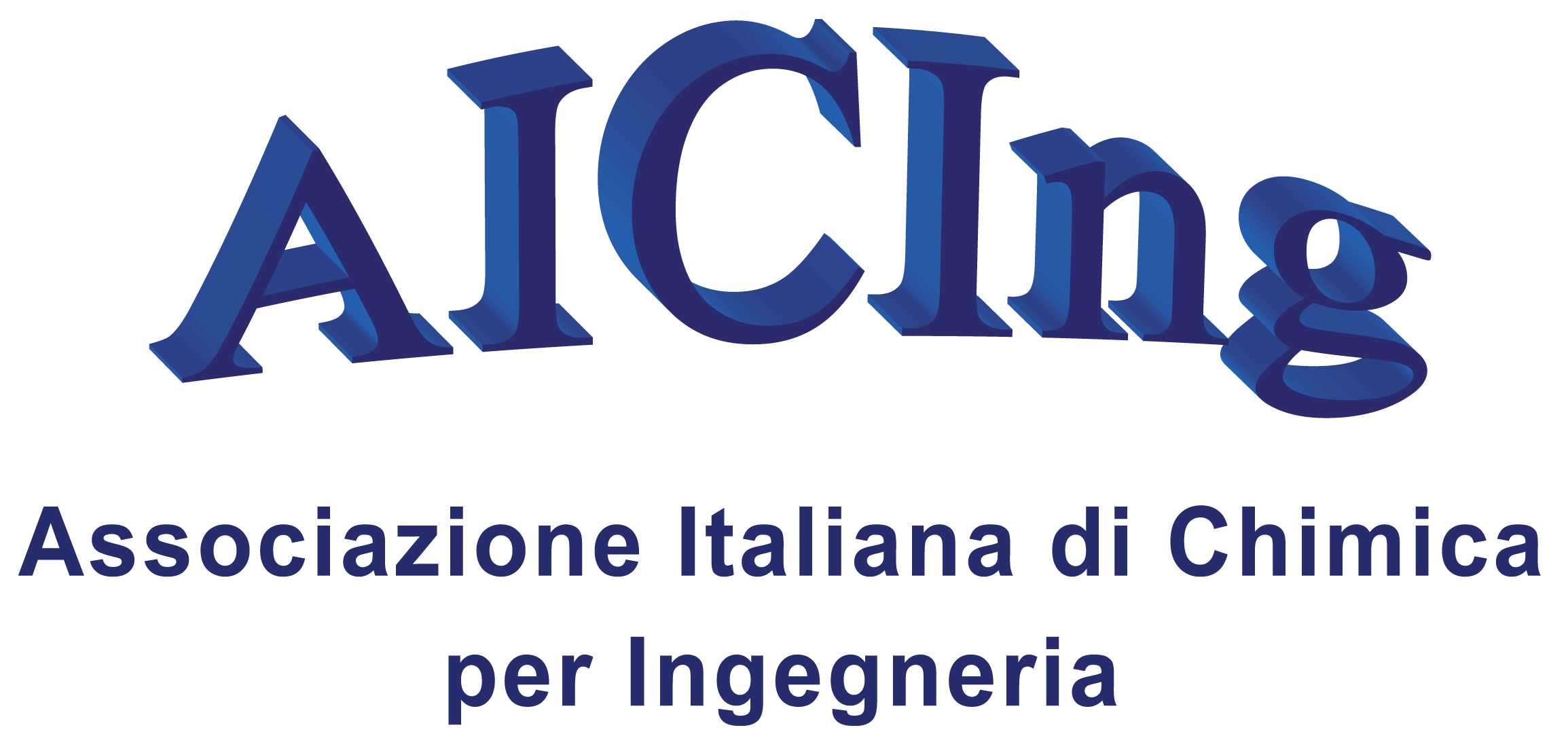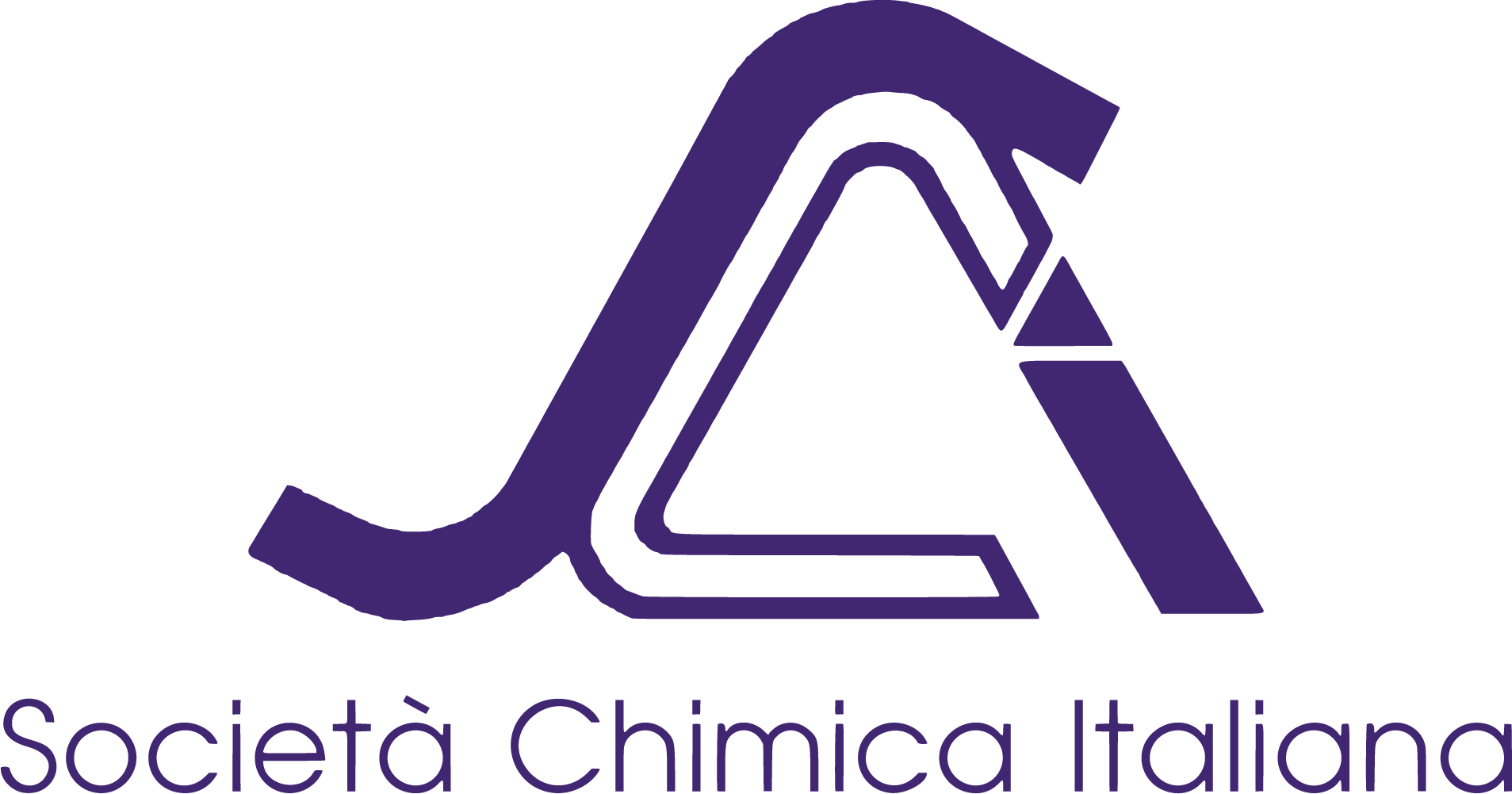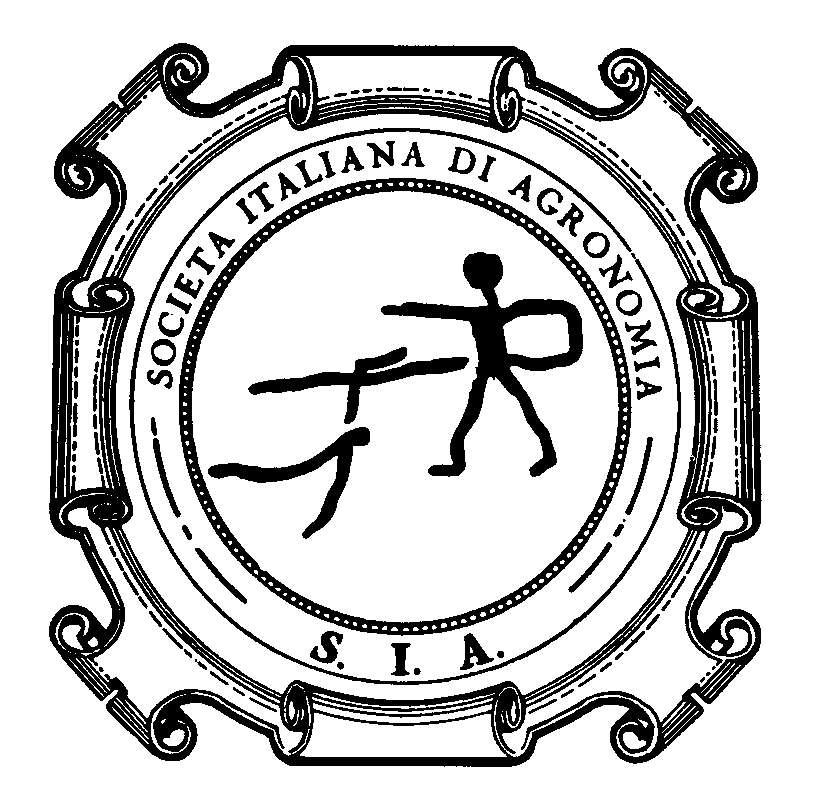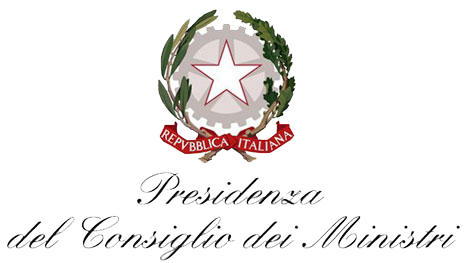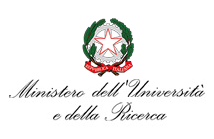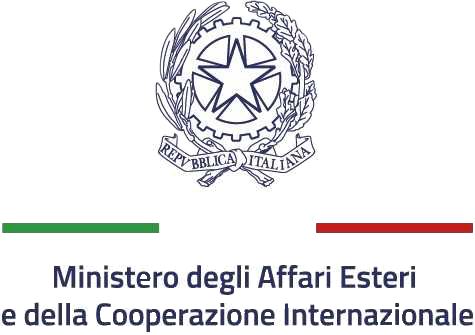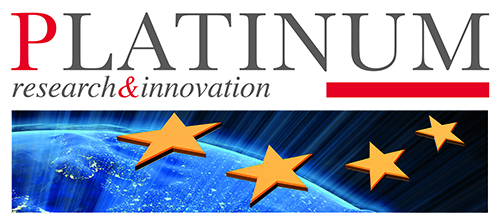Innovation for the energy transition
| |
go to QR-CODE |
|
INNOVATION FOR THE ENERGY TRANSITION September 22 - 23 |
|||||||
| Co-organized with: |
|||||||
 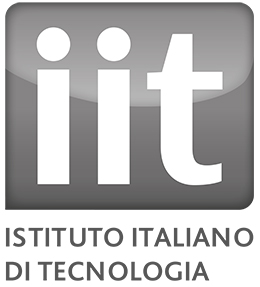 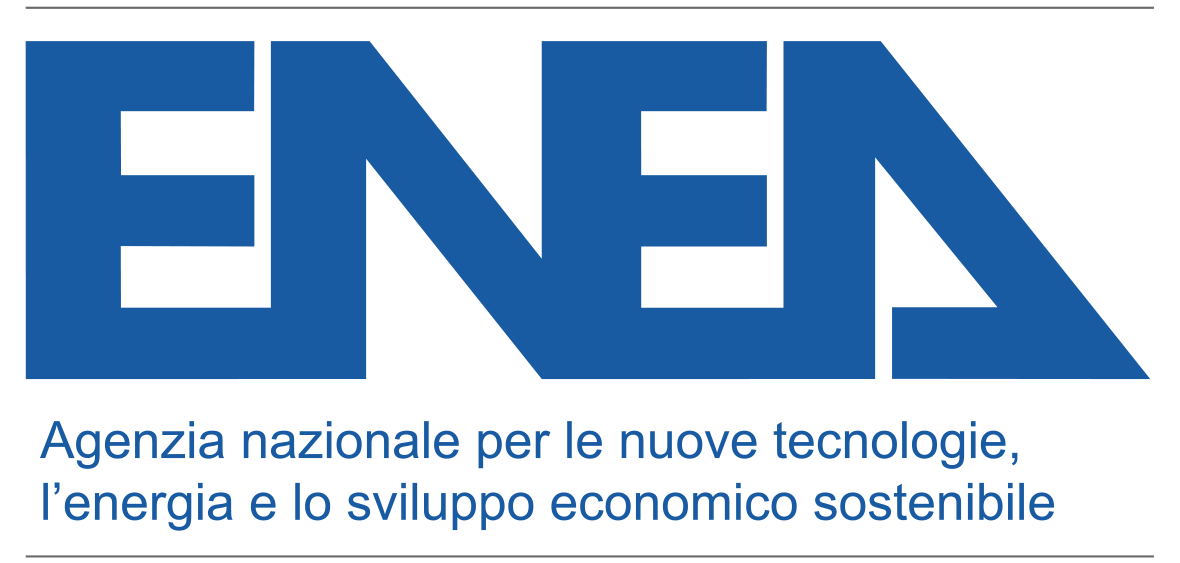 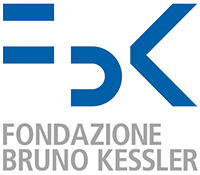 |
|||||||
|
WORKSHOP COMMITTEE |
|||||||
|
In recent years, the negative impact of anthropogenic CO2 emissions on our planet’s climate has motivated a progressive transition from a global energy scenario heavily reliant on fossil fuels to one based on environmentally benign, renewable energy sources. Several studies highlighted that advanced nanomaterials and nanotechnology have the potential to achieve a breakthrough in the development of novel applications for a sustainable future and for the energy transition. This session gathers contributions from both the academic and industrial world to strengthen their synergistic contribution to technological growth for sustainability. Renewable energy sources produce energy following a mostly unpredictable pattern, linked to meteorological winds and clouds. However, the energy network is rigid and production must closely match consumption daily curves. That implies the necessity to store the mismatched generated energy for later use, a technologically advanced, industrially demanding and scientifically challenging task. Electrochemical energy storage can help to some extent but it is not suited for long term high power GW systems. Hydrogen can be seen as an ideal energy vector, that faces however the issue of storage and requires efficient generation and compression. While the long-term solution is abandoning fossil fuels for renewable sources, it has been shown that in the short-to-medium term conventional fuels will still be used and CO2 emissions will have to be compensated for. In this scenario, one of the most interesting and challenging strategies to mitigate the disastrous effect of carbon dioxide on earth’s climate, is to consider CO2 as valuable raw material to obtain value-added fuels and chemicals through its photo/electrochemical reduction (CO2RR). The key challenge for this application is to develop highly selective, stable, efficient, environmental-friendly and inexpensive photo/electrocatalysts. Combining H2 and CO2 technologies is also emerging as a positive strategy for a progressive and economically sustainable energy transition, capable to reduce fuels’ impact on the environment, while still granting their use where necessary. Moreover, it’s worth noting that the scenario appears strategically suited for Italy, that has several mayor and technologically advanced gas industries, a capillary methane distribution system and erratic meteorological patterns while it has abandoned the alternative nuclear energy. LCA is finally vital to understand if technologies proposed by researchers are, however fascinating for the layman and for the legislator, overall counterproductive for the planet. In all the boiling mix of ideas that are currently emerging in the landscape, we suggest that a few major, plurennial, country size, research programs should be activated for exploiting some long term technological and scientific developments in the field. |
|||||||
| September 22 |
|||||||
| 09:00 - 10:30 Future Technology for large scale hydrogen production, storage WS.I.1 - TT.I.B |
|||||||
| Co-organized with Polytechnic of Turin, IIT Center for Sustainable Future Technologies - CSFT@POLITO, FBK and ENEA Chair: Elena TRESSO, Polytechnic of Turin |
|||||||
| WS.I.1.1 TT.I.B.1 |
Massimo SANTARELLI - CV Polytechnic of Turin Scenarios for hydrogen production, transport and final use |
 |
 |
||||
| WS.I.1.2 TT.I.B.2 |
Alfonso POZIO - CV ENEA The role of LT electrolysis for the italian hydrogen production in energy transition |
 |
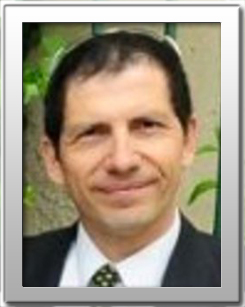 |
||||
| WS.I.1.3 TT.I.B.3 |
Matteo TESTI - CV Bruno Kessler Foundation Water electrolysis for hydrogen production: technologies and applications |
 |
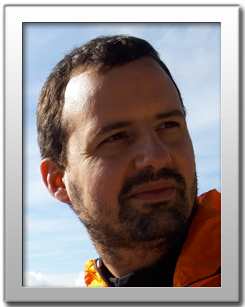 |
||||
| WS.I.1.4 TT.I.B.4 |
Marcello BARICCO - CV University of Turin Challenges for hydrogen storage and handling |
 |
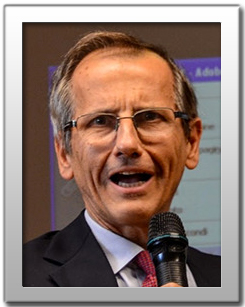 |
||||
| 11:30 - 13:00 Future Technology for large scale hydrogen use and distribution WS.I.2 - TT.II.B |
|||||||
| Co-organized with Polytechnic of Turin, IIT Center for Sustainable Future Technologies - CSFT@POLITO, FBK and ENEA Chair: Giulia MONTELEONE - CV, ENEA |
|||||||
| WS.I.2.1 TT.II.B.1 |
Nora GOURDOUPI - CV Advent Technologies, Greece Overview of Advent Technologies activities to the hydrogen economy and energy transition |
 |
 |
||||
| WS.I.2.2 TT.II.B.2 |
Barbara MENIN - CV CSFT - IIT Research activity on H2 @CSFT: Biological production, storage and use |
 |
 |
||||
| WS.I.2.3 TT.II.B.3 |
Jan VAN HERLE - CV EPFL, Switzerland Materials aspects considering H2 use and generation on a practical scale |
 |
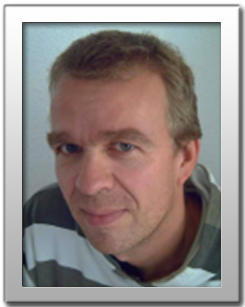 |
||||
| WS.I.2.4 TT.II.B.4 |
Giulia MASSAGLIA - CV Polytechnic of Turin Design and development of new nanostructures as efficient catalyst toward ORR |
 |
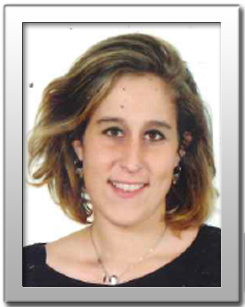 |
||||
| WS.I.2.5 TT.II.B.5 |
Nadia GARINO - CV Polytechnic of Turin Innovative nanomaterial catalysts for ORR |
 |
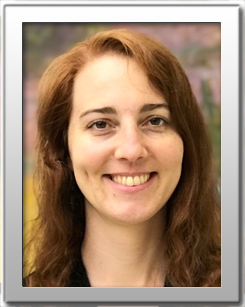 |
||||
| 14:00 - 15:30 The virtuous CO2 circle: integration with hydrogen WS.I.3 - TT.III.B |
|||||||
| Co-organized with Polytechnic of Turin, IIT Center for Sustainable Future Technologies - CSFT@POLITO, FBK and ENEA Chair: Stefano STENDARDO - CV, ENEA |
|||||||
| WS.I.3.1 TT.III.B.1 |
Angelica CHIODONI - CV CSFT - IIT Roadmap to CO2 capture, storage and valorization @CSFT |
 |
 |
||||
| WS.I.3.2 TT.III.B.2 |
Luca TURCHETTI - CV ENEA Is there still room for steam reforming in the green hydrogen era? |
 |
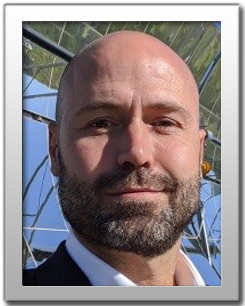 |
||||
| WS.I.3.3 TT.III.B.3 |
Fausto GALLUCCI - CV Technical University Eindhoven, The Netherlands Membrane and plasma reactors for H2 production |
 |
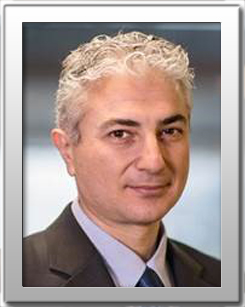 |
||||
| WS.I.3.4 TT.III.B.4 |
Vincenzo SPALLINA - CV University of Manchester, UK Advanced Solids Cycles for CO2 capture and H2 production |
 |
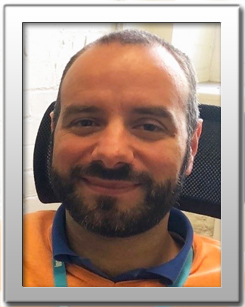 |
||||
| 16:00 - 17:30 Nanomaterials and Nanotechnology for CO2: Capture and Conversion WS.I.4 - TT.IV.B |
|||||||
| Co-organized with Polytechnic of Turin, IIT Center for Sustainable Future Technologies - CSFT@POLITO, FBK and ENEA Chair: Stefano BIANCO, Polytechnic of Turin |
|||||||
| WS.I.4.1 TT.IV.B.1 |
Deepack PANT - CV VITO, Belgium Technological advances in carbon dioxide capture & utilization (CCU) |
 |
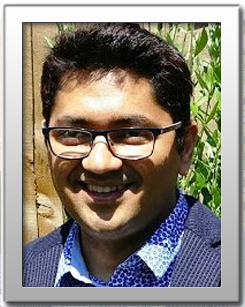 |
||||
| WS.I.4.2 TT.IV.B.2 |
Daniele SASSONE - CV Polytechnic of Turin & CSFT@POLITO Synergic effect of Carbon Nanotubes on Zeolitic Organic Framework catalyst for CO2 electroreduction |
 |
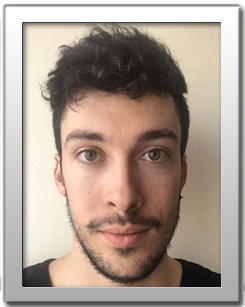 |
||||
| WS.I.4.3 TT.IV.B.3 |
Paolo PESCARMONA - CV University of Groningen, The Netherlands Supported bismuth nanoparticles as upscalable and highly selective electrocatalyst for the conversion of CO2 into formate |
 |
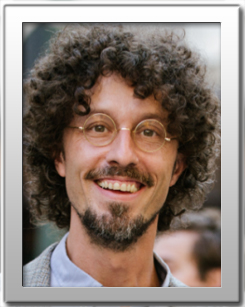 |
||||
| WS.I.4.4 TT.IV.B.4 |
Stefano STENDARDO - CV ENEA Deep decarbonisation of hard-to-abate industry via inherently circular CCUS processes |
 |
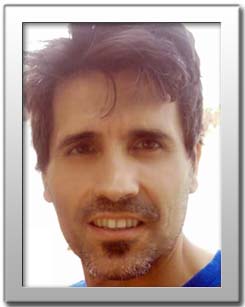 |
||||
| WS.I.4.5 TT.IV.B.5 |
Enrico BOCCI - CV Università Guglielmo Marconi Steam indirectly heated gasification for biofuels productions from residual biomass |
 |
 |
||||
| September 23 | |||||||
| 09:00 - 10:30 Design and Characterization of nanomaterials for the energy transition WS.I.5 - TT.V.B |
|||||||
| Co-organized with Polytechnic of Turin, IIT Center for Sustainable Future Technologies - CSFT@POLITO, FBK and ENEA Chair: Giancarlo CICERO, Polytechnic of Turin |
|||||||
| WS.I.5.1 TT.V.B.1 |
Nadhira Bensaada LAIDANI - CV Bruno Kessler Foundation Overview of facilities and materials for renewable energy in FBK |
 |
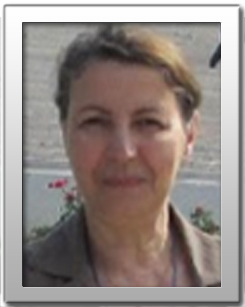 |
||||
| WS.I.5.2 TT.V.B.2 |
Pieter GLATZEL - CV ESRF, France Combining advanced spectroscopic techniques with operando measurements |
 |
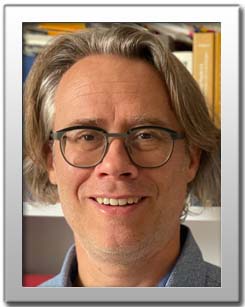 |
||||
| WS.I.5.3 TT.V.B.3 |
Massimo CELINO - CV ENEA The ENEA computational infrastructure for materials design |
 |
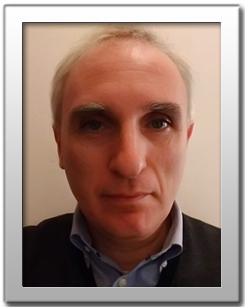 |
||||
| WS.I.5.4 TT.V.B.4 |
Michele RE FIORENTIN - CV CSFT@POLITO Ab initio 2D material design for sustainable applications |
 |
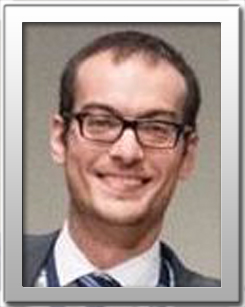 |
||||
| 11:30 - 13:00 Electrochemical energy storage from fundamental studies to pilot engineering: Li ion batteries WS.I.6 - TT.VI.B |
|||||||
| Co-organized with Polytechnic of Turin, IIT Center for Sustainable Future Technologies - CSFT@POLITO, FBK and ENEA Chair: Pier Paolo PROSINI - CV, ENEA |
|||||||
| WS.I.6.1 TT.VI.B.1 |
Silvia BODOARDO - CV Polytechnic of Turin Advanced materials for European Li-ion batteries: from raw materials to manufacturing and recycling |
 |
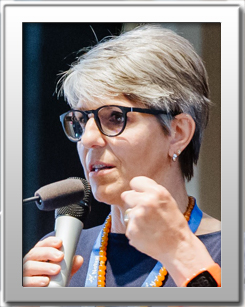 |
||||
| WS.I.6.2 TT.VI.B.2 |
Pier Paolo PROSINI - CV ENEA The ENEA objectives within IPCEI Battery |
 |
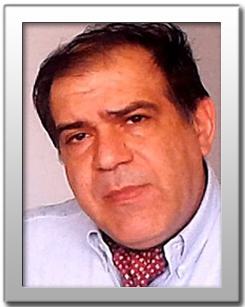 |
||||
| WS.I.6.3 TT.VI.B.3 |
Laura SILVESTRI - CV ENEA Development of a Co-free Li-rich layered oxide material to use as positive electrode in Li-ion batteries |
 |
 |
||||
| WS.I.6.4 TT.VI.B.4 |
Alessandro AGOSTINI - CV ENEA The role of sustainability assessment in the technological innovation |
 |
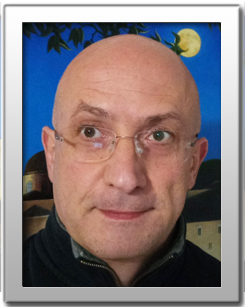 |
||||
| 14:00 - 15:30 Electrochemical energy storage from fundamental studies to pilot engineering: new generation batteries Part 1 WS.I.7 - TT.VII.B |
|||||||
| Co-organized with Polytechnic of Turin, IIT Center for Sustainable Future Technologies - CSFT@POLITO, FBK and ENEA Chair: Margherita MORENO - CV, ENEA |
|||||||
| WS.I.7.1 TT.VII.B.1 |
Yongil KIM - CV Ulsan National Institute of Science and Technology, South Korea Seasonal Energy Storage: The new challenge for electrochemistry |
 |
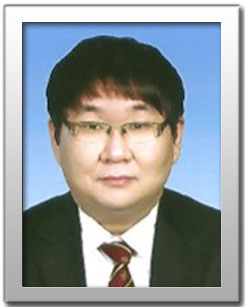 |
||||
| WS.I.7.2 TT.VII.B.2 |
Maria Rosa PALACIN PEIRÒ - CV Institut de Ciència de Materials de Barcelona (ICMAB CSIC), Spain Multivalent ion batteries |
 |
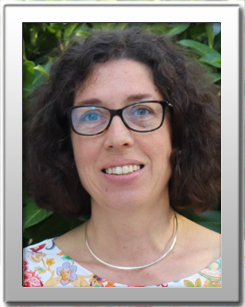 |
||||
| WS.I.7.3 TT.VII.B.3 |
Caroline CELLE - CV CEA, France Solid State Electrolytes for next generation of batteries: materials and processes |
 |
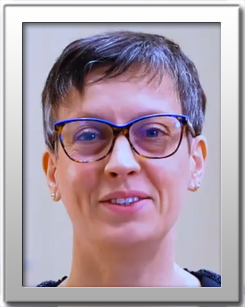 |
||||
| 16:00 - 17:30 Electrochemical energy storage from fundamental studies to pilot engineering: new generation batteries Part 2 WS.I.8 - TT.VIII.B |
|||||||
| Co-organized with Polytechnic of Turin, IIT Center for Sustainable Future Technologies - CSFT@POLITO, FBK and ENEA Chair: Nadhira BENSAADA LAIDANI, FBK |
|||||||
| WS.I.8.1 TT.VIII.B.1 |
Lucia FAGIOLARI - CV Polytechnic of Turin Exploring promising materials platforms for potassium batteries |
 |
 |
||||
| WS.I.8.2 TT.VIII.B.2 |
Mattia PALERMO - CV Green Energy Storage On the quest for new RFB redox couples: a computational approach |
 |
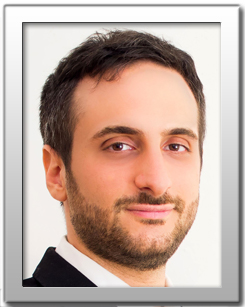 |
||||
| WS.I.8.3 TT.VIII.B.3 |
Peter FISCHER - CV Fraunhofer ICI, Germany Redox flow battery technology – from vanadium flow battery to next generation systems |
 |
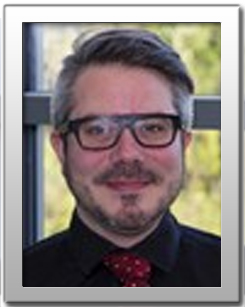 |
||||
| WS.I.8.4 TT.VIII.B.4 |
Vito DI NOTO - CV University of Padova Beyond Lithium batteries: New materials and Devices |
 |
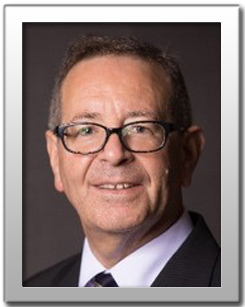 |
||||

